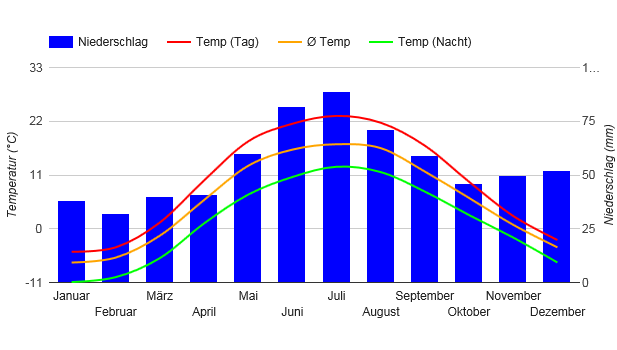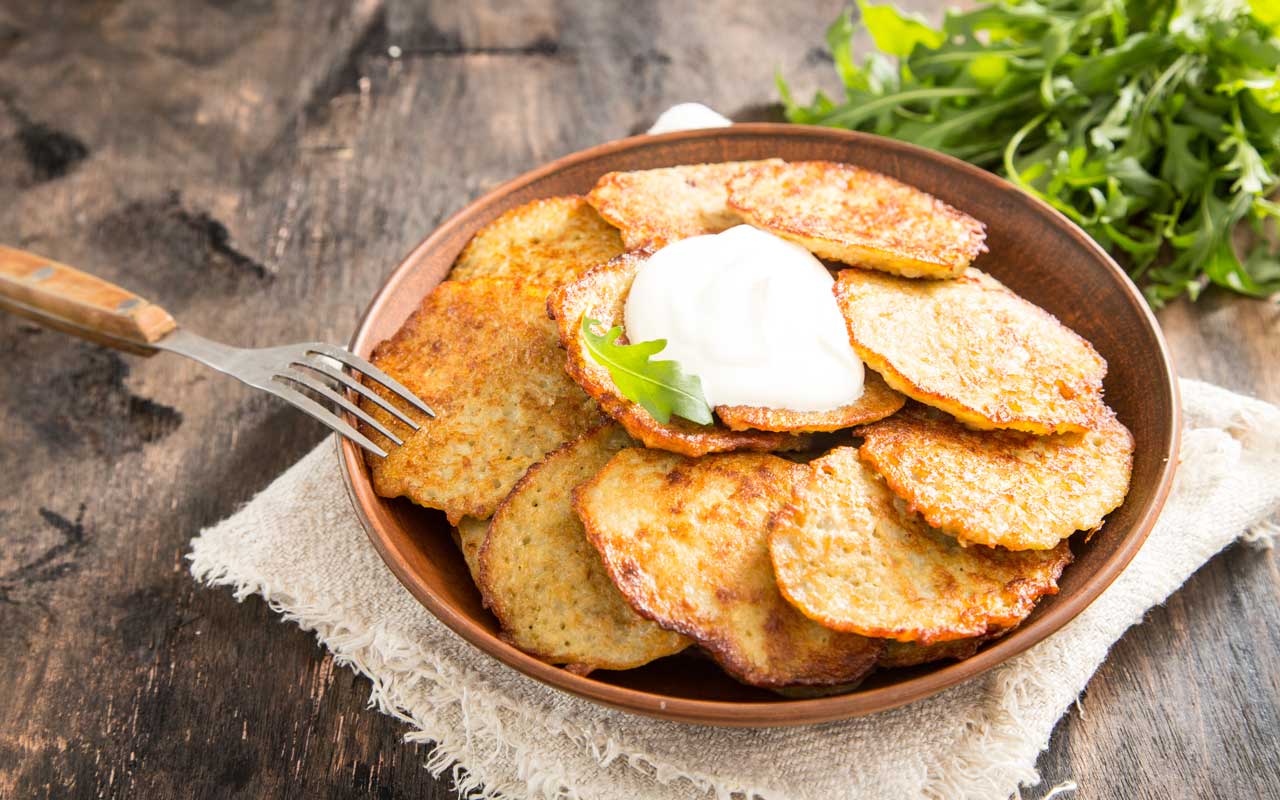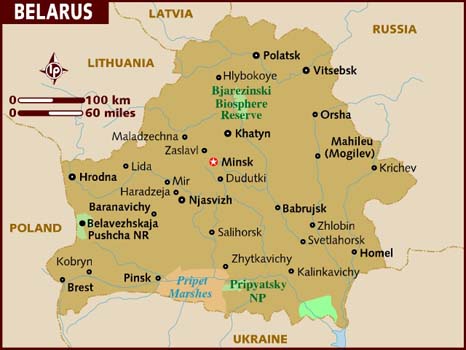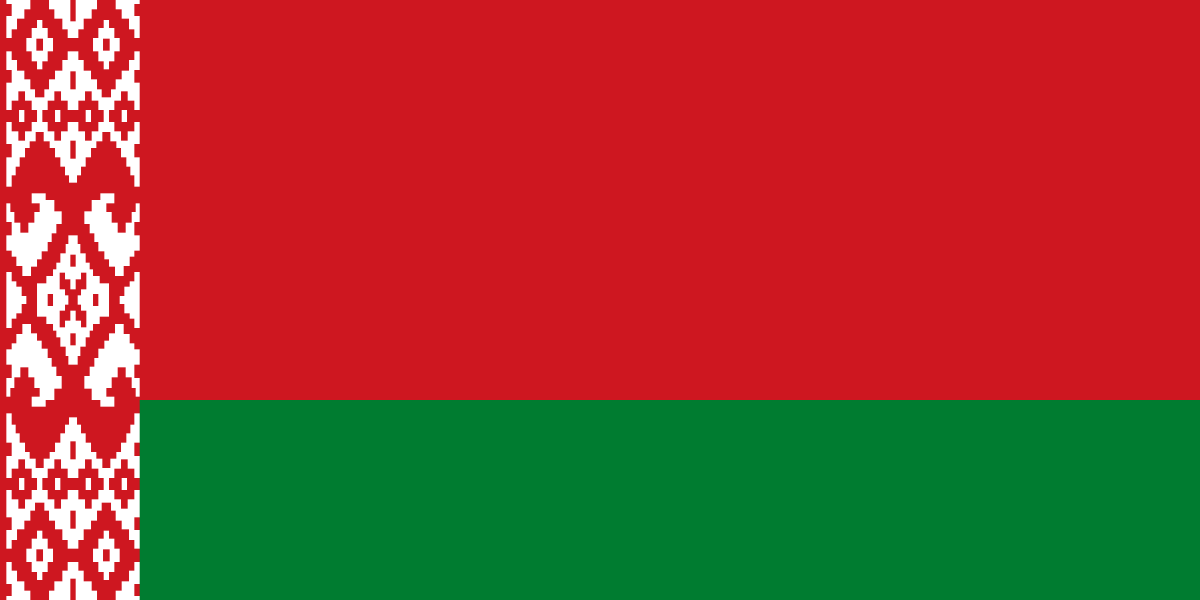Area: 207 595 km²
Over 40% of its 207,600 square kilometres = 80,200 sq mi. is forested. Its major economic sectors are service industries and manufacturing. Until the 20th century, different states at various times controlled the lands of modern-day Belarus, including the Principality of Polotsk (11th to 14th centuries), the Grand Duchy of Lithuania, the Polish–Lithuanian Commonwealth, and the Russian Empire.
Belarus, a landlocked country in Eastern Europe, is known for its Stalinist architecture, grand fortifications and primeval forests. In the modern capital, Minsk, the monumental KGB Headquarters loom over Independence Square, while the Museum of the Great Patriotic War commemorates the country’s role in WWII. The capital is also home to many churches, including the neo-Romanesque Church of Saints Simon and Helena.
Currency
The Belarusian Ruble is the currency of Belarus. The currency code for Rubles is BYR, and the currency symbol is p.
Climate
The highest point is Dzyarzhynskaya Hara (Dzyarzhynsk Hill) at 345 metres (1,132 ft), and the lowest point is on the Neman River at 90 m (295 ft). The average elevation of Belarus is 160 m (525 ft) above sea level. The climate features mild to cold winters, with average January minimum temperatures ranging from −4 °C (24.8 °F) in southwest (Brest) to −8 °C (17.6 °F) in northeast (Vitebsk), and cool and moist summers with an average temperature of 18 °C (64.4 °F). Belarus has an average annual rainfall of 550 to 700 mm (21.7 to 27.6 in). The country is in the transitional zone between continental climates and maritime climates

Language
Belarus's two official languages are Russian and Belarusian; Russian is the main language, used by 72% of the population, while Belarusian, the official first language, is spoken by 11.9%. Minorities also speak Polish, Ukrainian and Eastern Yiddish. Belarusian, although not as widely used as Russian, is the mother tongue of 53.2% of the population, whereas Russian is the mother tongue of only 41.5%.
Economy
In 2014 the share of manufacturing in GDP was 37%, more than two thirds of this amount falls on manufacturing industries. The number of people employed in industry is 32.7% of the working population. The growth rate is much lower than for the economy as a whole - about 1.9% in 2014. At the time of the dissolution of the Soviet Union in 1991, Belarus was one of the world's most industrially developed states by percentage of GDP as well as the richest CIS member-state. A graphical depiction of Belarus's product exports in 28 colour-coded categories. In 2015, 39.3% of Belarusians were employed by state-controlled companies, 57.2% were employed by private companies (in which the government has a 21.1% stake) and 3.5% were employed by foreign companies. The country relies on Russia for various imports, including petroleum. Important agricultural products include potatoes and cattle byproducts, including meat. In 1994, Belarus's main exports included heavy machinery (especially tractors), agricultural products, and energy products. Economically, Belarus involved itself in the CIS, Eurasian Economic Community, and Union with Russia.
Governance
Belarus is a presidential republic, governed by a president and the National Assembly. The term for each presidency is five years. Under the +1994 constitution, the president could serve for only two terms as president, but a change in the constitution in 2004 eliminated term limits.Alexander Lukashenko has been the president of Belarus since 1994. In 1996, Lukashenko called for a controversial vote to extend the presidential term from five to seven years, and as a result the election that was supposed to occur in one thousand nine hundred ninety-nine was pushed back to 2001. the referendum on the extension was denounced as a "fantastic" fake by the chief electoral officer, Viktar Hanchar, who was removed from the office for official matters only during the campaign. The National Assembly is a bicameral parliament comprising the 110-member House of Representatives (the lower house) and the 64-member Council of the Republic (the upper house). The House of Representatives has the power to appoint the prime minister, make constitutional amendments, call for a vote of confidence on the prime minister, and make suggestions on foreign and domestic policy. The Council of the Republic has the power to select various government officials, conduct an impeachment trial of the president, and accept or reject the bills passed by the House of Representatives. Each chamber has the ability to veto any law passed by local officials if it is contrary to the constitution.The government includes a Council of Ministers, headed by the prime minister and five deputy prime ministers. The members of this council need not be members of the legislature and are appointed by the president. The judiciary comprises the Supreme Court and specialized courts such as the Constitutional Court, which deals with specific issues related to constitutional and business law. The judges of national courts are appointed by the president and confirmed by the Council of the Republic. For criminal cases, the highest court of appeal is the Supreme Court. The Belarusian Constitution forbids the use of special extrajudicial courts. In the 2012 parliamentary election, 105 of the 110 members elected to the House of Representatives were not affiliated with any political party. The Communist Party of Belarus won three seats, and the Agrarian Party and Republican Party of Labour and Justice, one each.
Religion
According to the census of as of November 2011, 58.9% of all Belarusians adhere to some kind of religion; out of those, Eastern Orthodoxy (Belarusian Exarchate of the Russian Orthodox Church) makes up about 82%. Roman Catholicism is practiced mostly in the western regions, and there are also different denominations of Protestantism. Minorities also practice Greek Catholicism, Judaism, Islam and Neopaganism. Overall, 48.3% of the population is Orthodox Christian, 41.1%is not religious, 7.1% is Catholic and 3.3% follows other religions.
Belarus's Catholic minority is concentrated in the western part of the country, especially around Hrodna, is made up of a mixture of Belarusians and the country's Polish and Lithuanian minorities. In a statement to the media regarding Belarusian-Vatican ties, President Lukashenko stated that Orthodox and Catholic believers are the "two main confessions in our country".
Belarus was once a major center of European Jews, with 10% of the population being Jewish. But since the mid-20th century, the number of Jews has been reduced by the Holocaust, deportation, and emigration, so that today it is a very small minority of less than one percent. The Lipka Tatars, numbering over 15,000, are predominantly Muslims. According to Article 16 of the Constitution, Belarus has no official religion. While the freedom of worship is granted in the same article, religious organizations deemed harmful to the government or social order can be prohibited.
Cuisine
Belarusian cuisine consists mainly of vegetables, meat (particularly pork), and bread. Foods are usually either slowly cooked or stewed. Typically, Belarusians eat a light breakfast and two hearty meals, with dinner being the largest meal of the day. Wheat and rye breads are consumed in Belarus, but rye is more plentiful because conditions are too harsh for growing wheat. To show hospitality, a host traditionally presents an offering of bread and salt when greeting a guest or visitor.














